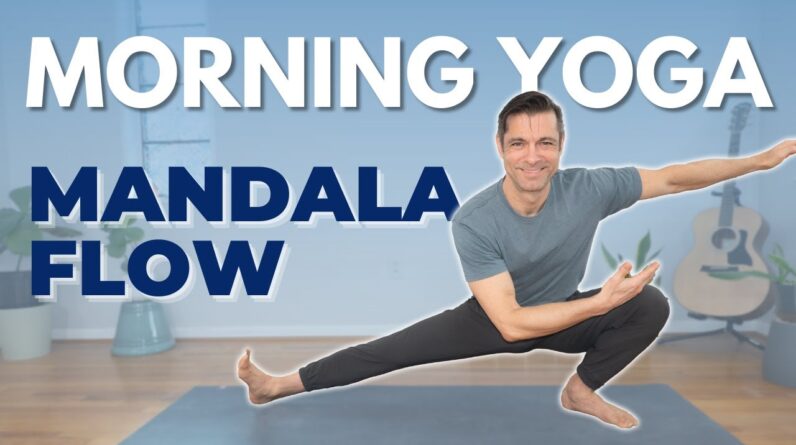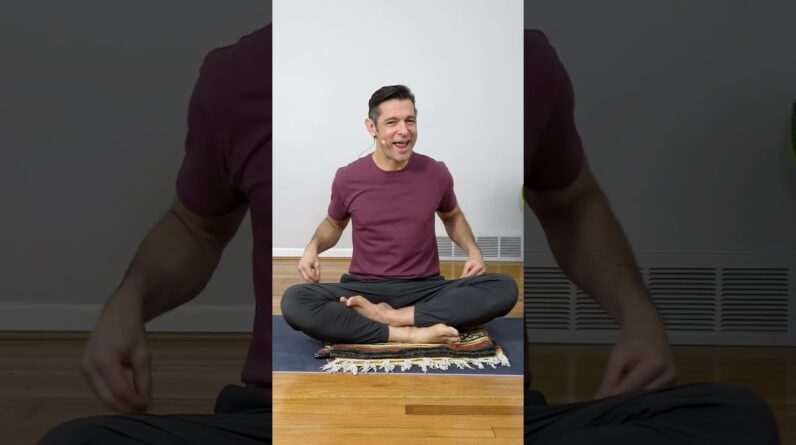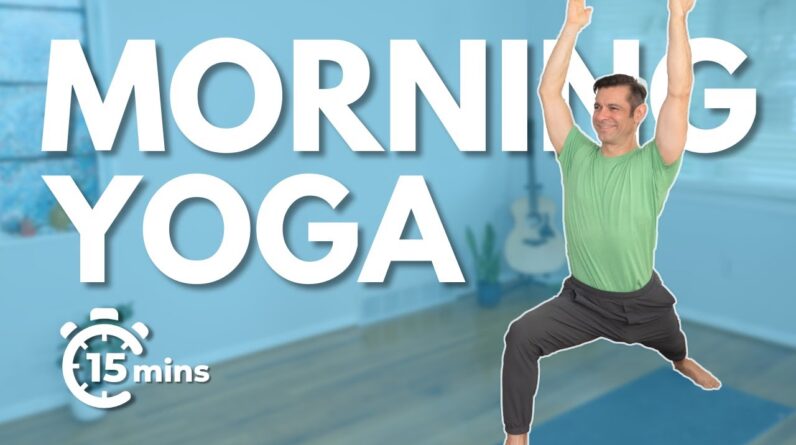Tips and advice on the best positions to sleep in from a doctor of physical therapy. Tips and tricks to get your best nights sleep despite pain in your lower back, neck, or down your leg.
As a doctor of physical therapy, I get asked about sleeping positions all the time. Usually these questions come from patients who are dealing with pain either in their necks or lower backs.
These conditions can be limiting and debilitating on so many levels; one thing that is often affected is sleep.
Today I wanted to share with you five tips to ensure you are getting your best sleep possible even despite
1. The best sleeping position for you is one that is comfortable and holds your spine in the correct posture: The bottom line is the best sleeping position for you is which ever position you find to be the most comfortable while keeping your spine in as neutral a position as possible. Make sure you are aware of your spine alignment front to back, side to side, as well as if you are rotating or not.
2. To get the right posture you need the right support: In order to achieve a correct, neutral spine posture, you need to have the right support from your mattress and from your pillow.
Mattress: It is recommended that you replace your mattress every 8-10 years. If it’s been a decade since you got a new mattress it might be time.
Pillow: I make pillow recommendations based solely on two things – body type and sleeping posture. I would recommend a different pillow for someone with a petite frame versus a larger frame. Similarly, it you slept primarily on your back my recommendation would be different than if you slept primarily on your side.
3. Stomach Sleep: DON’T DO IT! This is the worst of all the postures you can sleep in through the night. It maximally rotates your neck all night, it puts your lower back in an extended position, and it puts pressure on your internal organs. Stop sleeping on your stomach.
4. Side Sleepers: Again the goal is to achieve as close to neutral spine as possible. This is achieved with proper support for your head/neck, torso, and hips/legs.
Head and neck: you want a pillow that supports your neck in a neutral position. If your pillow is too full your neck will be bent too much up towards the ceiling. If your pillow is too flat your head will be bent too much down towards your bed. Try to find the right pillow to achieve a neutral spine position.
Torso: Again, this is where the right mattress comes into play. It needs to be firm enough to support the side of your trunk but soft enough to unload your shoulders and hips (areas of higher pressure). You can also get small pillows designed specifically to achieve this goal. Click here to see these pillows:
Hips: Oftentimes when we sleep on our sides our top leg rests on top of our bottom leg putting pressure on your knees, pulling on your hips, and pulling your spine out of alignment. My solution here is to sleep with a pillow between your knees to unload stress at all three of these areas. You can even get pillows that specifically go between your legs that are intended for side sleepers; check out this link to get yours:
5. Back sleepers: Back sleepers are typically a little more prone to snoring, but if you can handle that it’s a really good position for your back! Again, the whole goal here will be getting your spine into a correct position and supporting it there.
Head and neck: Again – you want just the right amount of support to maintain your head/neck at the correct angle. If your pillow is too full, you’ll spend all night with your neck flexed up. If your pillow is too flat, you’ll spend all night with your head extended and your neck unsupported. Typically your pillow should be smaller if you sleep on your back than it would be if you preferred to sleep on your side.
Hips: Oftentimes laying out flat on our backs puts a lot of stress on our lower back due to hip flexors pulling on our spine. I always recommend that if you sleep on your back you do so with 1-2 pillows under your knees to unload some pressure in your spine. You can also buy different wedge-shaped pillows designed specifically for this purpose. You can check out this link to see my personal favorite: https://amzn.to/2YOmzNG
Got Sciatica? Cure, Treatment and Prevention Are Easier Than You Think!
Three viable and often used sciatica cures and treatments that work well. When one section of the sciatic nerve is compressed, the pain normally radiates from the place of compression down an entire side of the body. Medical cures and over the counter medications may help to mask or reduce the pain, but most often do not entirely make the pain go away.
Sciatic Nerve Pain Symptoms And Relief Suggestions
Do you suffer from sciatic nerve pain? If so, then you know what kind of frustration this condition can bring. The sciatica is a nerve that extends from the lower spine through the pelvis, and down the gluteus muscles. From there it splits and head down the leg into the Tibial nerve, and the Common Pernoneal Nerve. Along the way if there is any impingement (pinching) at all there will be irritation and severe pain at times. Anyone with this pain knows how chronic and severe it can be, and finding relief is of utmost importance to living a normal life again.
Foam Rolling Using Proper Technique – How to Get Rid of Back and Knee Pain
Back pain, low back pain and knee pain seem to come out of no where however, reality is its all related. Foam rolling is the way to pain free backs and knees, essentially total body health. Releasing tension and tension knots, promoting blood flow, self mayo-fascia release are all the ways to healthier backs, knees and total body functionality. I show you how-to! I have 3 herniated/bulging disks from being hit by a truck as a pedestrian 3 years ago in my lumbar (low back) spine. And it is due to this that my kinetic chain is totally affected daily (hips and knees especially). If not for foam rolling, I would not be able to stand most days let alone be able to do my job which is a Fitness Specialist/trainer in NYC. Trust me on this, foam rolling is your answer to pain free backs and knees.
Many, Many People Ask Themselves Many, Many Times? Is There a Cure for Sciatica?
Discussion of cures for sciatica and different treatment options as well as exercise and stretching routines that can provide long-term relief. These cures for sciatica are holistic in nature and often work better than medically invasive procedures.
The Importance of an Accurate Back Pain Diagnosis
For the proper treatment of back pain, an accurate back pain diagnosis should be made by your physician. To help your physician with that, you need to provide all the information that you have observed about your back pain such as the characteristics of the pain, the location and other pertinent data.






